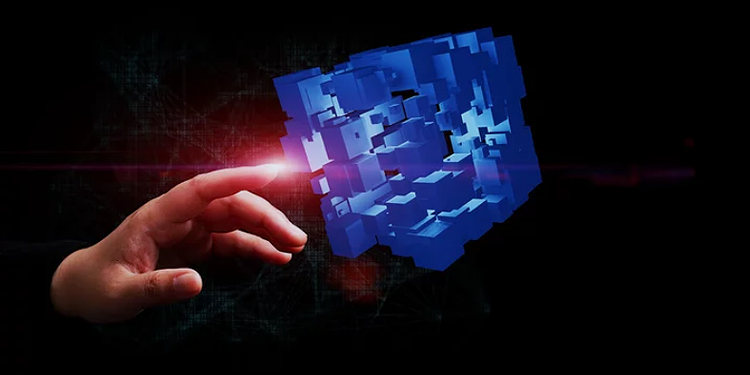Dapps are decentralized applications that run peer-to-peer (P2P) with underlying blockchain technology. They represent open-source application software using smart contracts to record transactions on the blockchain network. As a rule, dApps are powered by the Ethereum blockchain, which is a very efficient and friendly network for developers aiming to help them build their products on top of it.
For these purposes, it provides extensive out-of-the-box functionality that includes various development kits, Metamask, and application templates. At the time of writing, Uniswap can be justly named one of the most popular protocols for the creation of decentralized apps. Ratings show that it is the largest DEX by trading volume. Also, according to NASDAQ, it is one of the best apps that could dominate the dApp future with MakerDAO, IDEX, and CryptoPunks.
Evolution of dApps
Ethereum, which appeared 6 years after Bitcoin’s release, has managed to move beyond the borders of digital cash. From the very start, it offered a more extensive functionality as it wasn’t used for cryptocurrency transactions only but allowed the creation of decentralized apps.
In 2018, the EOS blockchain was released that enables the development of dApps. Using the DPoS consensus algorithm, the protocol offers a higher capacity than Ethereum. In June 2018, the TRON public chain was implemented that allowed the building of dApps.
Decentralized applications can be also built on NEO, Stellar, and Cardano, but these platforms are not as popular as those mentioned above. The rating of daily users volume shows that Ethereum is the most popular platform with over 100K users, while EOS (over 43K) and TRON (over 3K) take the second and third place correspondingly.
Traditional app vs decentralized application
DApps differ from traditional apps fundamentally as these types of software rely on different systems. Traditional apps are controlled by a centralized authority and run on a single server or device, while dApps are powered by a decentralized system and run on a peer-to-peer blockchain network.
Other highlights include the following aspects:
Trust
DApps are more trustable because users have full control over their data and assets while centralized apps are controlled by a single entity. At the same time, traditional apps are considered to be more user-friendly compared to dApps. Also, they can often work faster than decentralized applications, especially those that are running on blockchains with scalability problems.
Security
The security of dApps is superb due to their immutability and high level of protection from hackers’ intrusion as the software is linked to underlying blockchain technology. All records are stored on a public ledger. DApps are fueled by tokens that also contribute to the security of these products. With that said, regular apps are much more vulnerable in comparison with dApps.
Payment options
Traditional apps usually come in the freemium format where users can get a set of basic features for free and have to pay if they look for extended functionality. As for decentralized applications, users have to pay ETH each time they use Ethereum-based dApps or other corresponding cryptocurrencies.
Benefits of dApp development
Decentralized apps are developed to cater to the needs of customers in different industries such as video streaming, e-commerce, insurance, and more. The advantages of dApp development include:
- Privacy
- Zero downtime
- Data integrity
- Resistance to censorship
All these benefits have become possible thanks to the underlying blockchain technology. More about blockchain development and dApp development can be read at Blockhunters.io.
What does the dApp development process look like?
The development of a decentralized app is a rigorous process performed by a team of full-stack developers, blockchain engineers, and UX designers. Here are the stages a dApp goes through before a final product appears.
- Business and technical analysis. The purpose of the app is established. The specialists decide how blockchain can resolve the problem and what platform to choose for that.
- Architecture design. It is needed to create a proof of concept. Developers evaluate how different apps’ components interact with each other.
- The creation of prototypes (low-fidelity and high-fidelity designs).
- The creation of smart contracts and wallets. Smart contracts should execute the app’s business logic and functionality.
- Backend, frontend final development.
- The stage of internal smart contract audit. It is conducted to review how requirements and specifications are met before the stage of deployment, otherwise, it is harder to introduce fixes and make updates. Tokenguard.io is worth mentioning here as the first automated rating agency for Ethereum and other blockchains.
- Testnet deployment. The performance is evaluated to detect potential issues and flaws.
- Mainnet deployment.
It’s also worth adding that apart from traditional programming languages such as JavaScript, Node.js and Go, comparatively new and more complex languages such as Solidity are involved. Their complexity often results in numerous bugs, therefore, a smart contract audit is highly recommended.
